Why Surgery?
The facts
There is increasing recognition of the urgent need to upscale access to safe and affordable surgery, especially in low and middle-income countries (LMICs). We know that Universal Health Coverage (UHC) and other health related objectives outlined in the UN Sustainable Development Goals (SDGs) are not achievable without ensuring that surgical, obstetrical and anaesthesia care is accessible, safe, timely and affordable.
Traumatic injury alone causes more death and disability than HIV, malaria and TB combined and is considered by the WHO to be a neglected global epidemic
In most countries, traumatic injury is the leading cause of death and disability for people under the age of 45. This age group is considered to be a country’s main workforce and hope for the future
Lost economic output due to poor access to safe and affordable surgery will cost LMICs an estimated $12.3 trillion USD by the year 2030 unless access to surgical, obstetrical and anesthesia care is quickly improved
Investing in surgical services in LMICs is affordable, life-saving, and promotes economic growth
Building capacity in surgical care services in LMICs positively impacts a country’s entire health system, with improvements seen across all sectors of health, patient age and gender
There is presently no coordinated research or funding strategy to support the development of surgical care in LMICs such as that which exists with Global Alliance for Vaccines and Immunizations (GAVI) or the Global Fund for HIV, Malaria and TB
The Global Fund for HIV, Malaria and TB has a yearly budget of more than 4 Billion USD whereas there is no equivalent fund mechanism for surgical, obstetrical and anaesthesia care, despite the need and impact of a Global Surgery Fund being far greater
In low- and middle-income countries many patients will not receive standard 'bellwether procedures' such as surgery for open fractures or Caesareans.
Many easily treatable conditions become diseases with high fatality rates.
Approximately 30% of the global burden of disease is caused by conditions that can be treated by surgery or require the direct care of a surgeon.
Each year, total surgically avertable deaths alone are approximately 6 times greater than total deaths from HIV, Malaria, and TB combined.
The global burden of non-communicable diseases (NCDs) and injury is increasing at an alarming rate, eclipsing infectious diseases, especially in low and middle-income countries (LMIC).
Surgical care is the foundation of the treatment options for most of these diseases.
Photo: WHO
"No country can achieve Universal Health Coverage unless its people have access to safe, timely, and affordable surgical services...It's therefore vital that countries invest in surgery."
-Dr. Tedros, WHO Director-General
Despite these statistics, there is presently no coordinated Global Strategy to address the urgent need for increasing access to surgical, obstetrical and anaesthesia care. The GSF exists to fill this gap.



